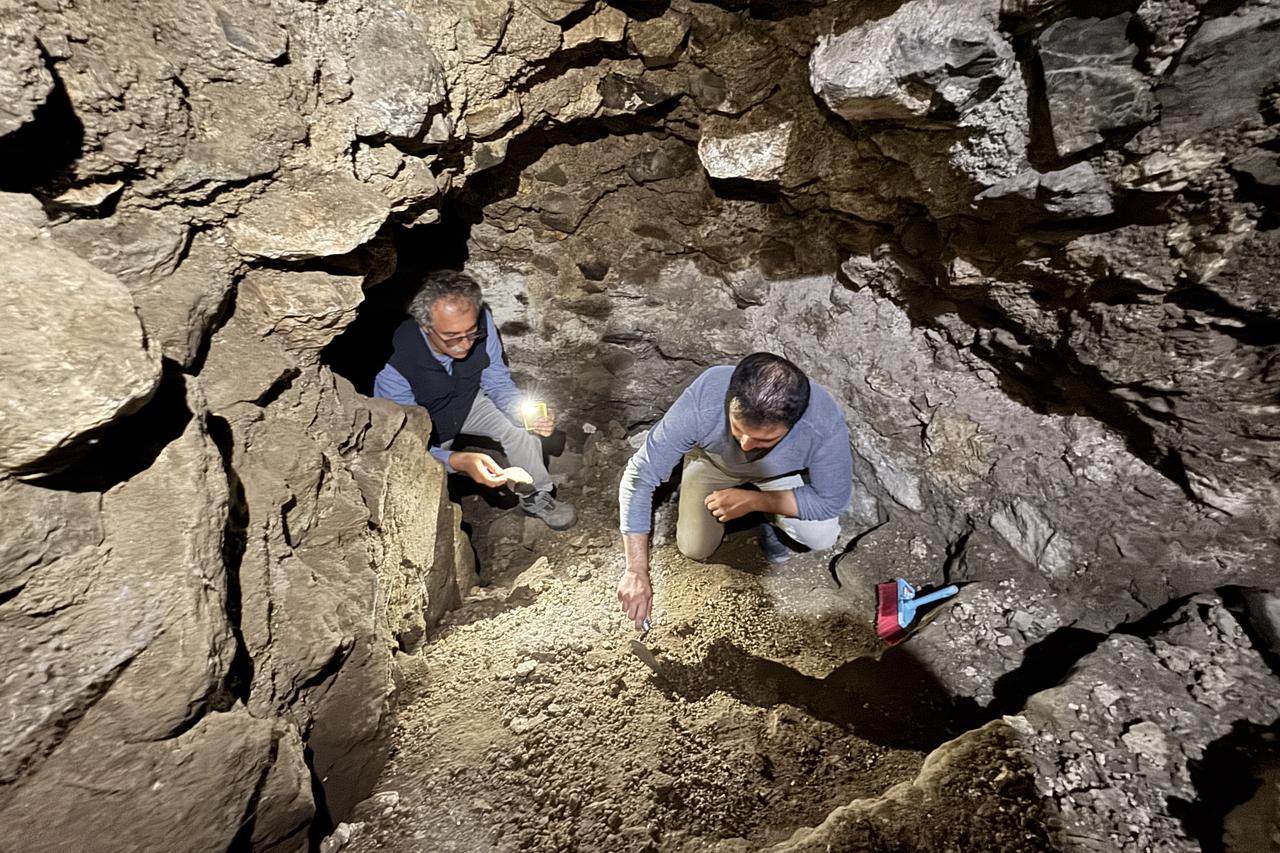
Archaeologists in the historic Harput neighborhood of Elazig have completed the excavation and restoration of a Roman-era secret passage inside Harput Castle, a landmark on UNESCO’s Tentative List. The corridor descends about 22 steps underground and runs roughly 15 meters in length with a diameter around 2 meters, displaying arch-and-vault masonry typical of the Roman period. The project accelerated after the site joined the Ministry of Culture and Tourism’s "Heritage for the Future" initiative last year.
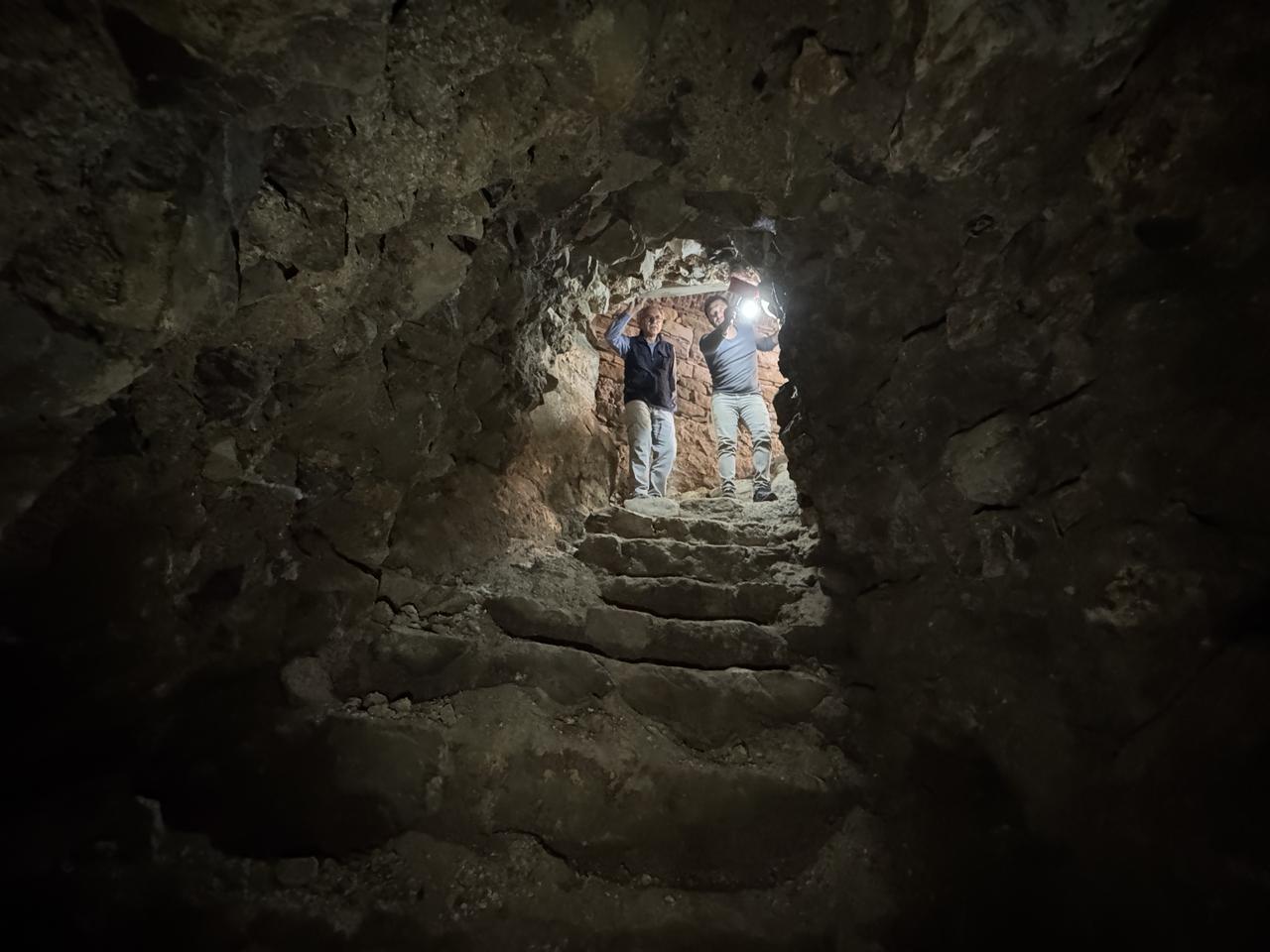
Professor Ismail Aytac, head of the Harput Castle excavation, said the team finalized both the dig and conservation of the passage this season, repaired the steps of the adjacent cistern (a water-storage structure), and uncovered a cluster of bread ovens directly above the corridor.
“We are working to open the area where the secret passage is located to tourism,” he noted, adding that the passage will be covered with tempered glass so visitors can both view it clearly and access it safely.
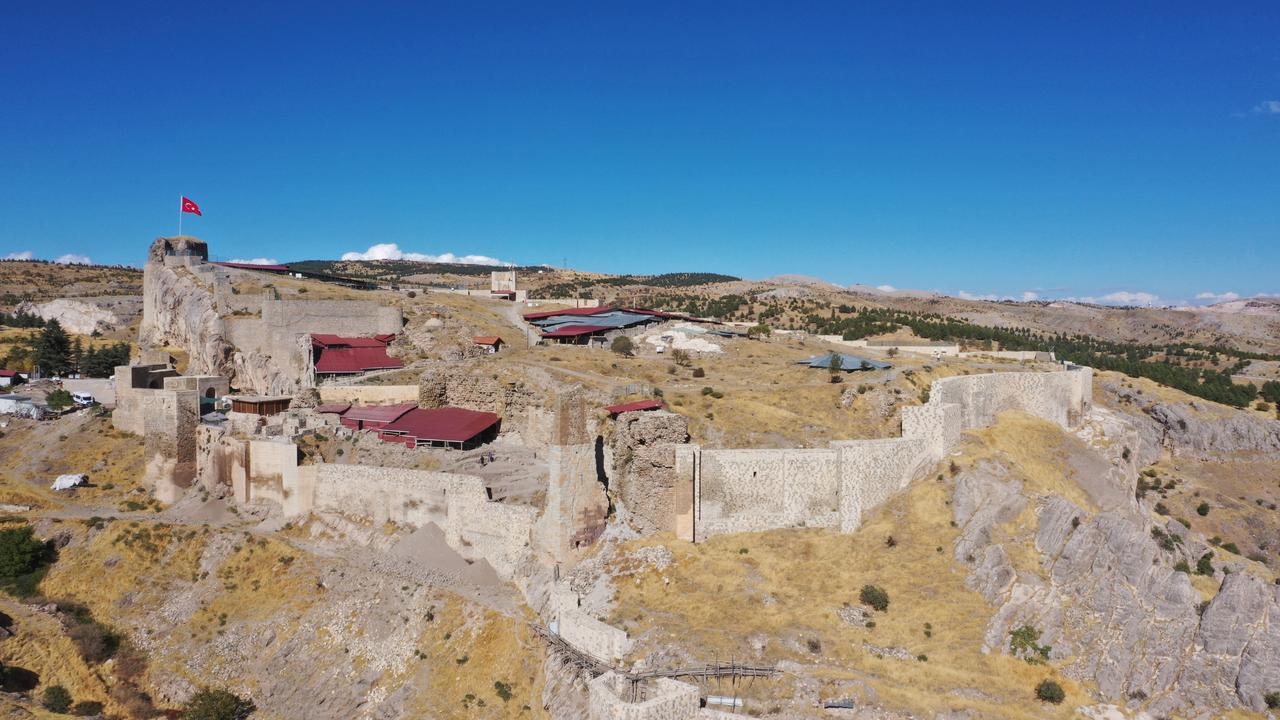
Researchers have identified four secret passages within the fortress. One runs from the castle bath toward the interior; another lies in the Kizlar Burcu (a corner bastion in the southwest); and a third advances from the Meryem Ana (Virgin Mary) Church into the castle.
Aytac underlined that these routes held military value as escape or surprise paths in case of defeat, when survivors risked enslavement or death. He also pointed to an earlier excavation phase of the Roman passage under the consultancy of Professor Veli Sevin in 2007–2008, stressing that the Roman arch-and-vault system made this restored corridor particularly sound architecturally.
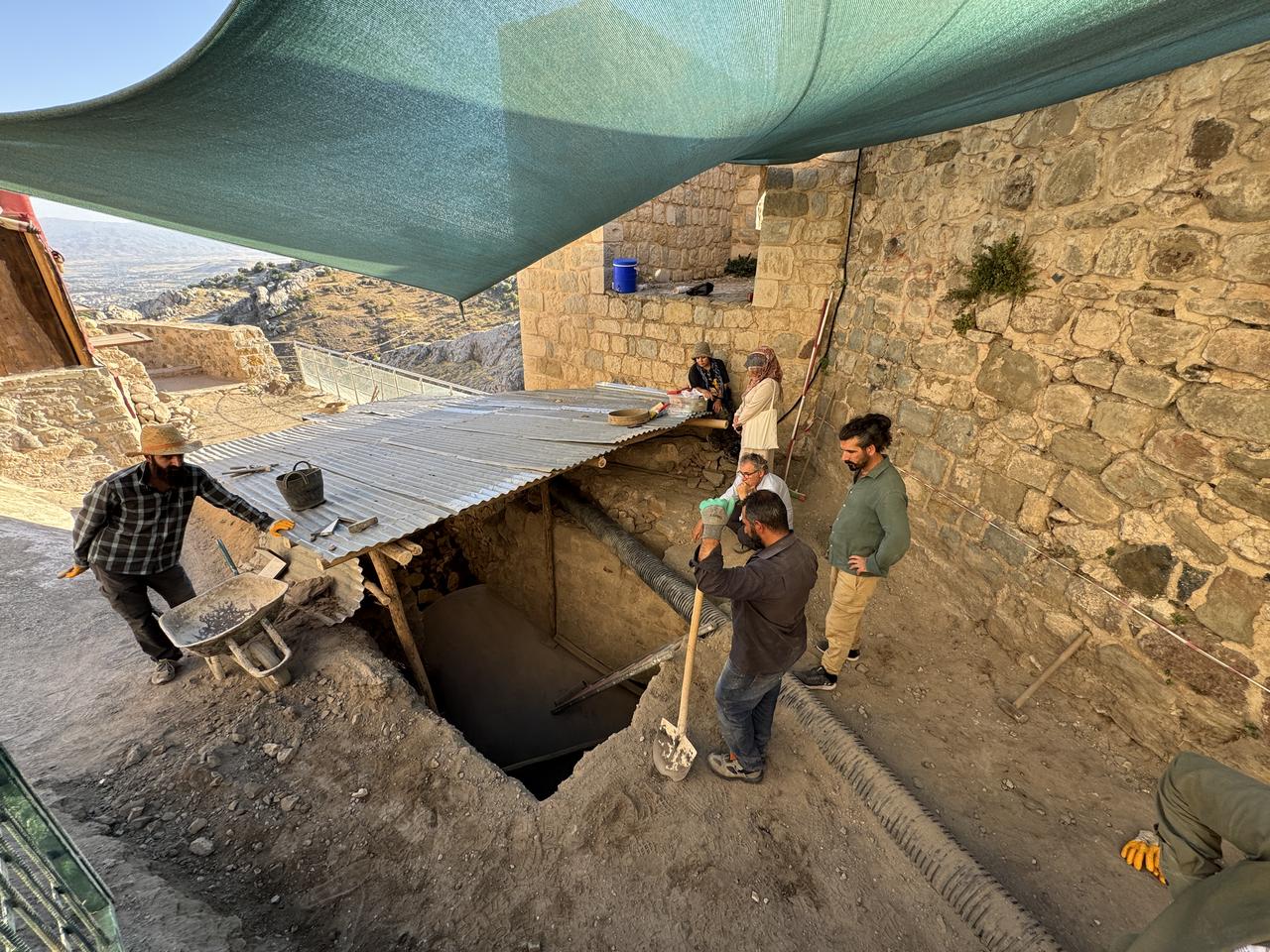
Ongoing digs on the castle’s west walls have reached about 85% completion in an area described as a “1,000-year-old industrial site.” Conservation there is finished for the parts already excavated, and researchers interpret nearby open courtyards within the complex.
Plans call for opening that entire zone to visitors with a modern protective roof in 2026. Aytac said support from the Ministry’s Future Heritage program and from Governor Numan Hatipoglu—via the Provincial Administration—made this season especially productive.
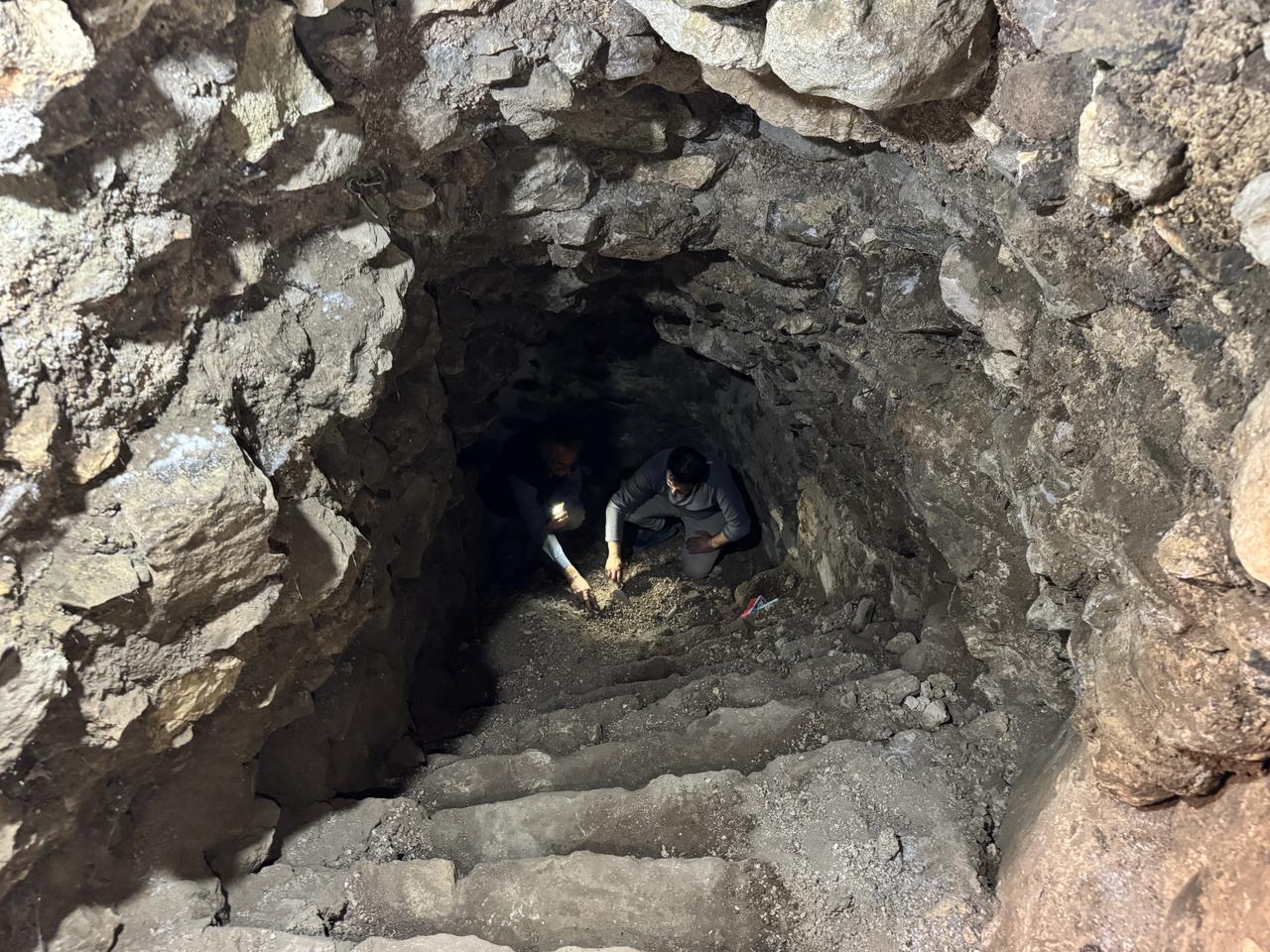
Beyond the passage, the team has brought to light the Fetih (Conquest) Mosque, now undergoing a refreshed restoration plan with an eye to opening by late 2026 or early 2027.
Aytac said the combined efforts of the excavation team and the municipality’s completed restorations and museums in Harput have strengthened hopes that the historic quarter could move from the UNESCO Tentative List to the World Heritage List. He observed that visitor numbers have at least doubled compared with 2024 and are continuing to rise.